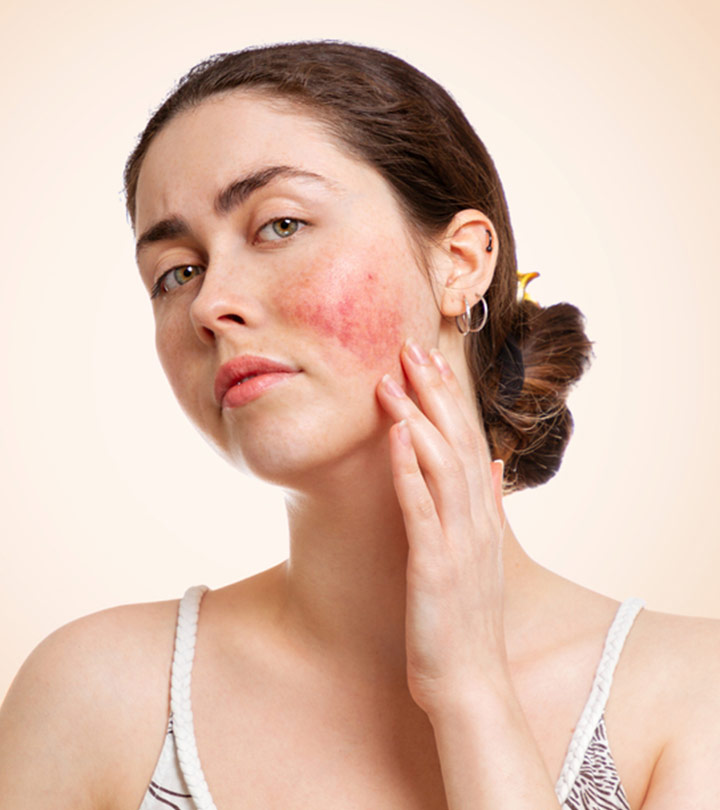Skin Cancer
Skin cancer is a type of cancer that originates in the skin cells. It is the most common type of cancer, but it is also one of the most preventable and highly curable forms of cancer if detected early. There are three main types of skin cancer: basal cell carcinoma (BCC), squamous cell carcinoma (SCC), and melanoma. Here are some key points about skin cancer:
.

- Types of Skin Cancer:
- Basal Cell Carcinoma (BCC): The most common type, typically appearing on sun-exposed areas like the face and neck. BCCs are usually slow-growing and rarely spread to other parts of the body.
- Squamous Cell Carcinoma (SCC): Also common, SCCs often appear on areas exposed to the sun. They can grow more quickly than BCCs and may spread to other parts of the body if not treated early.
- Melanoma: Less common but more aggressive, melanoma can develop from existing moles or appear as new, unusual growths. It has a higher likelihood of spreading to other parts of the body.
- Risk Factors:
- Ultraviolet (UV) exposure: Prolonged exposure to UV radiation from the sun or tanning beds is a significant risk factor.
- Fair skin: People with fair skin, light-colored hair, and blue or green eyes are more susceptible to skin cancer.
- History of sunburns: A history of severe sunburns, especially during childhood, increases the risk.
- Family history: Individuals with a family history of skin cancer may be at higher risk.
- Weakened immune system: Conditions or medications that suppress the immune system may increase susceptibility.
- Signs and Symptoms:
- Basal Cell Carcinoma (BCC): Often appears as a pearly or waxy bump, or a flat, flesh-colored or brown scar-like lesion.
- Squamous Cell Carcinoma (SCC): Typically presents as a red, scaly patch or a raised, wart-like growth.
- Melanoma: Exhibits an irregular shape, uneven color, and uneven borders. It may evolve from an existing mole or appear as a new, abnormal growth.
- Diagnosis:
- Diagnosis involves a visual examination by a healthcare professional.
- A biopsy may be performed to confirm the presence of cancer and determine its type and stage.
- Staging:
- Staging helps determine the extent of the cancer and guide treatment decisions.
- Treatment Options:
- Surgery: The primary treatment for most skin cancers involves removing the cancerous tissue.
- Mohs surgery: A specialized surgical technique used for certain types of skin cancer to remove cancerous cells layer by layer.
- Radiation therapy: Using high-energy rays to target and kill cancer cells.
- Topical treatments: For superficial skin cancers, creams or ointments may be applied directly to the skin.
- Immunotherapy and targeted therapy: These treatments use medications to stimulate the immune system or target specific molecules involved in cancer growth.
- Prevention:
- Sun protection: Use sunscreen with a high SPF, wear protective clothing, and seek shade to reduce UV exposure.
- Regular skin checks: Perform self-examinations of the skin and seek professional dermatological evaluations for any suspicious moles or growths.
- Avoid tanning beds: UV radiation from tanning beds increases the risk of skin cancer.
- Survival Rates:
- The prognosis for skin cancer depends on the type, stage at diagnosis, and how early the cancer is treated.
- Basal cell and squamous cell carcinomas often have high cure rates when detected early.
- Melanoma, if detected and treated in its early stages, also has a good prognosis.





